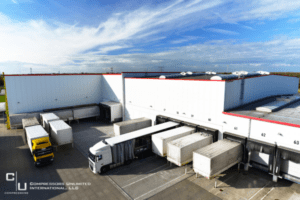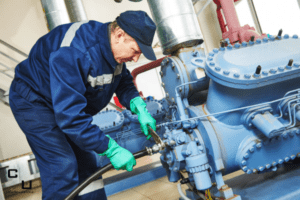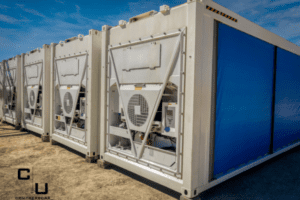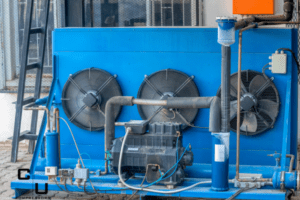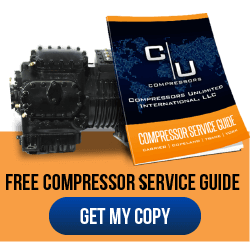In 2023 and beyond, more organizations will be looking to improve indoor air quality.
Indoor air quality has a profound impact on the health and safety of anyone who uses your space, from your team to the public. But it’s one of those aspects of any operation that’s easy to overlook until it’s a problem. Indoor air can become many times more polluted than outdoor air, according to the EPA.
Over the last few years, businesses of all kinds have struggled in a world where indoor transmission of pathogens had the potential to upend their work in any given week. Now, though the danger is fading, there’s still an interest in keeping the air fresh and clean – and that’s a good thing for everyone.
Bacteria, viruses, mold, and chemicals can all infiltrate an indoor air system with potentially disastrous results. Those results aren’t always dramatic, however. Think of Sick Building Syndrome, where visitors to a building experience mysterious (but very real) symptoms that subside soon after they leave.
With all these issues and more waiting in the wings, it’s no surprise that facilities managers and business leaders alike want a reliable solution for indoor air quality. Naturally, rigorously maintaining your HVAC system is your first line of defense. But there are additional options you can take advantage of.
One of those is the air scrubber. If you haven’t heard of it yet, prepare for it to get much more common.
What Is an Air Scrubber?
An air scrubber is a specialized device that attaches directly to the ductwork of your HVAC system. While it was originally used mainly by mold remediation companies, modern air scrubbers have the capacity to eliminate a wide variety of contaminants from circulation.
That can include:
- Large- and fine-particle air pollution, from smoke down to dust and animal dander
- Volatile organic compounds such as those off-gassed by some industrial chemicals
- Odoriferous compounds from a wide range of sources – cutting down noxious smells
- Mold spores, potentially including black mold highly dangerous to people and animals
How Does an Air Scrubber Work?
While “air scrubber” can be used as a generic term, it refers to the Air Scrubber brand using its built-in “ActivePure” technology. This combines a proprietary UV light-based system and specialized catalytic processes using reactive metals. It destroys up to 90% of airborne contaminants exposed to it.
What’s more, it is an active system that releases safe, powerful clusters of hydrogen and oxygen atoms as it operates. These “scrubbers” can flow through the ventilation and do even more work to remove unwanted agents from the air, unlike a pure filtration system where contaminants must pass through.
An Air Scrubber is even more potent against pathogens on surfaces, eliminating about 99% of them.
Studies suggest it is effective on common illness-causing agents, including H1N1, MRSA, and E.coli. The latter is one of the most dangerous gastrointestinal pathogens, which can spread very quickly without countermeasures.
While there are many different purifying and filtering technologies out there, would-be competitors to Air Scrubber all use a similar approach inspired by the original design. The science is certainly on the side of Air Scrubber, and it is available in both commercial and residential models.
How Do I Install an Air Scrubber?
An Air Scrubber is easy to use and may take only a few minutes to install. Before deciding to buy one, be sure to review the product specifications and verify your ductwork meets the basic standards required for the Air Scrubber to be efficient enough for your environment.
Does My Business Need an Air Scrubber?
Air Scrubbers are easy to maintain and draw a minimal amount of power, so there are few drawbacks to installing one – and potentially several depending on how your facility is laid out. While the presence of an Air Scrubber won’t make or break indoor air quality, it’s one of many factors that can improve it.
Any industrial or commercial work environment where air pollution is a common issue can benefit from an Air Scrubber. Likewise, they are helpful in commissaries, kitchens, and food storage areas. It may be possible to reduce the transmission of seasonal illnesses by stationing an Air Scrubber in the entryway.
Support Your Air Scrubber by Maximizing Your HVAC’s Efficiency
All in all, an Air Scrubber is a worthy addition to your indoor air quality strategy. But it doesn’t stand on its own: It needs to be backed by an effective commercial HVAC system. If air isn’t flowing as it should, the positive impact of an Air Scrubber will be limited.
Be proactive about your HVAC maintenance, keep your HVAC air filters clean and up-to-date, and consider having a remanufactured commercial compressor on hand to reduce downtime when the compressor, the workhorse of the whole system, needs replacement.



